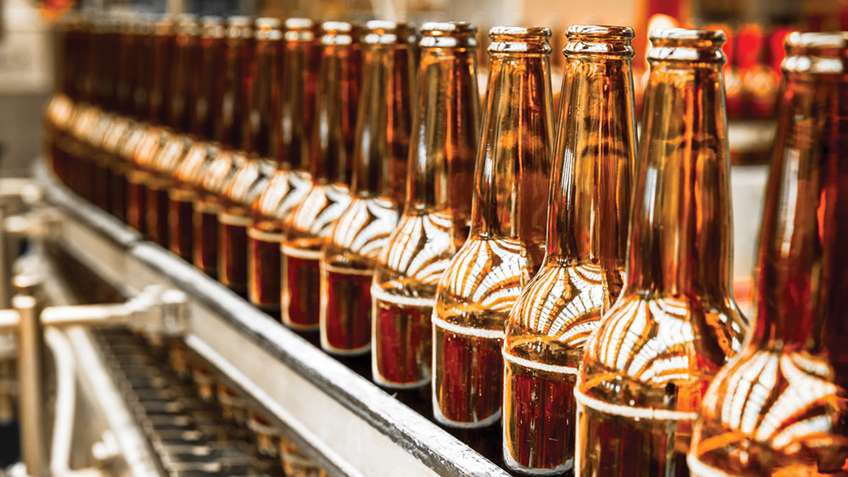From Teledyne DALSA
Editor’s Note: This article is adapted from the white paper, “Smart Cameras for Manufacturing.” Download the free, full white paper that provides comprehensive explanations about five key traits that are important for smart machine vision cameras.
Machine vision uses cameras, processors and software to replace human vision on manufacturing tasks that are rapid, repetitive and precise.
Machine vision systems were first developed in the 1970s, but their size, complexity and cost limited their adoption. Introduction of digital cameras in the 1990s and ever-improving processors and software made machine vision inexpensive, robust and easy-to use. Cameras and processors continue to improve, driven by the demands of personal electronics such as PCs, cell phones and smart devices.
The smart camera is the latest evolution of machine vision, combining a camera, processor, software and communications in one small, low-power package. Let’s use a bottling line as a sample application of machine vision to illustrate one way this technology can be applied.
Pass (or Fail) the Bottle
On a bottling line, bottles are labeled, filled and closed (capped) at speeds well beyond human vision. In approximate order of difficulty, some machine-vision tasks include:
- Verify the product by reading a barcode.
- Check the presence and quality of a label.
- Verify the date and lot code.
- Check for proper closure.
- Check the “lip” of the bottle for damage.
- Check printing or seal on each closure.
- Look for foreign material in the bottle.

![Smart cameras incorporate embedded lenses, processors, software, I/O capabilities, and sometimes even lighting in an “all-in-one” package. [CLICK IMAGE TO ENLARGE]](https://rockwellautomation.scene7.com/is/image/rockwellautomationstage/boa-left-front--photograph-848w477h.848.jpg)
